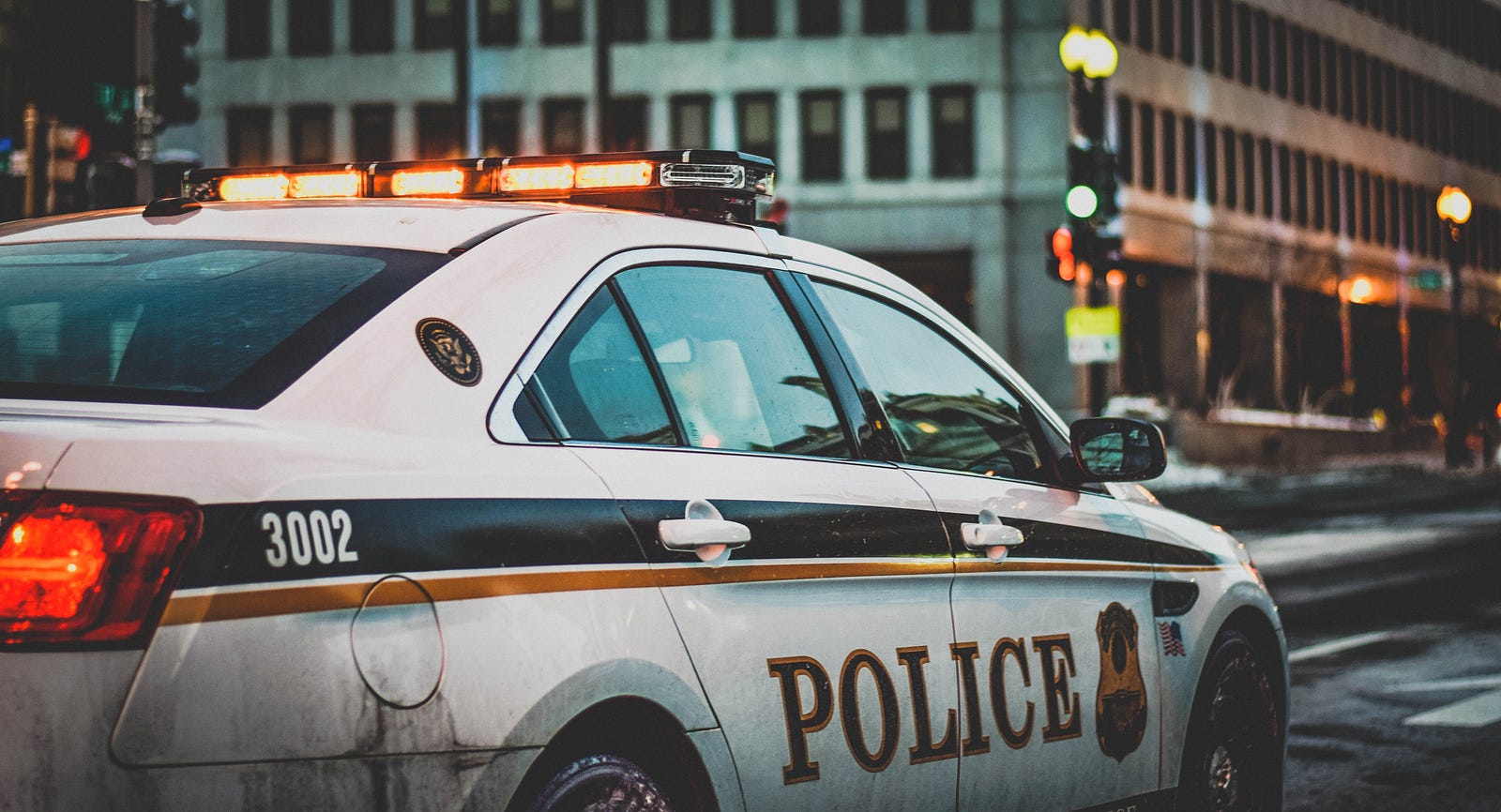Natalee Holloway. Madeleine McCann. Relisha Rudd. Asha Degree. These names are just a few of the wide range of women and girls that have gone missing nationwide. According to the National Center for Missing & Exploited Children, in 2016 676 missing child reports were made to law enforcement. In the United States, 35 percent of missing children are African American. Twenty percent of missing children are of Latino descent and the general public sentiment is that their stories are never told. In fact, a 2016 report on media coverage of missing persons published in the Journal of Criminal Law and Criminology found that there was some evidence that white women received more media coverage and more intense coverage. Known as “missing white woman syndrome,” it can create a feeling of invisibility for missing girls that do not fit into the trope. Black and Brown women and girls, presumably, are excluded from mainstream media coverage because they do not have the right physical aesthetic, name, socioeconomic status, or life circumstances to garner the media attention necessary to be saved. So, how can we ensure that their stories are being told? We tell them ourselves.

#DCMissingGirls
Last year, Commander Chanel Dickerson of the Youth and Family Services Division of the Metropolitan Police Department (MPD) launched a social media campaign in an effort to raise awareness of missing girls in D.C. Ward 8 Councilmember Trayon White hosted a town hall on missing children in DC. Major celebrities, like Taraji P. Henson, P.Diddy, and Ava DuVernay expressed support and concern, but their efforts derived from accurate information that social media stretched into hyperbolic fiction. According to MPD, 95 percent of missing person cases were solved in 2017. What was lost in much of that conversation was the number of “missing” girls that weren’t actually missing. Many of the reportedly missing children had voluntarily left their homes for a variety of reasons including sexual and physical abuse, issues related to sexual and gender identity, and economic impoverishment.
This became an opportunity for families and DC youth to start a dialogue on staying safe but also about creating more awareness on situations that might cause youth to run away. A major concern was that these missing children were being sold into human and sex trafficking. Child sex trafficking involves the recruitment, harboring, transportation, provision, obtaining, or advertising of a minor child for the purpose of a commercial sex act. According to the U.S. National Center for Missing and Exploited Children, one in six of the 18,500 runaways in 2016 were likely sex trafficking victims, most of them in the care of social services or foster parents when they went missing. While Commander Dickerson indicated there wasn’t an increase in sex trafficking in D.C. the concern still lingers that many Black and Brown girls, especially among the immigrant and/or undocumented population, may be falling victim to traffickers.

Keeping them Safe
Whenever a daughter, sister, aunt, mother, or family friend goes missing it is terrifying. It can be even more frustrating when authorities don’t respond in the way you believe they should. When young people go missing it is imperative to inform authorities as soon as possible. It is equally important to recognize the factors that might cause a young person to leave their home voluntarily. For families that require District intervention, agencies, such as the Department of Human Services (DHS) or the Child and Family Services Agency (CFSA), should be monitoring these families to ensure that youth are receiving the services they require. For adult women that go missing, recognizing the challenges that go into identifying potential captors is daunting even for law enforcement. What policymakers can do is ensure that there are protocols that exist to bring each missing person’s existence to as close as critical attention as possible.

Mayor Muriel Bowser announced six new initiatives that will empower agencies such the Metropolitan Police Department and local organizations to help recover youth. The Office of Cable, Television, Film, Music, and Entertainment, the agency that regulates the DC Council Channel, broadcasts flyers of missing persons in an attempt to put their faces out to the public. Parents are also able to use this channel to broadcast photos of their missing children. Other television networks, such as WUSA9, also include missing persons on their website. Where accessible, the District should use public outlets such as electronic bus shelters, metro advertising boards, and where appropriate, courthouses and social services agencies to increase awareness of missing persons. When an individual goes missing there should be a way to guarantee that law enforcement in different jurisdictions are able to work together to find them. Being able to react quickly and collaborating can close the gap between when a missing person is reported and when they are found.
This is an uncomfortable topic. When your child or parent walks out of the front door in the morning, no one wants to think this might be the last time you see them. However when they do go missing, every effort should be taken to recover them, regardless of their name, color, or the circumstances surrounding the disappearance. The disparity in media coverage for women and girls of color that go missing reinforces the notion that some lives matter more than others. Policymakers should work diligently to close that gap. Finally, for the missing, we are still looking for you.
Twitter: @82Tabs Instagram: @82TabsofPolicy
In Black culture news and opinions
